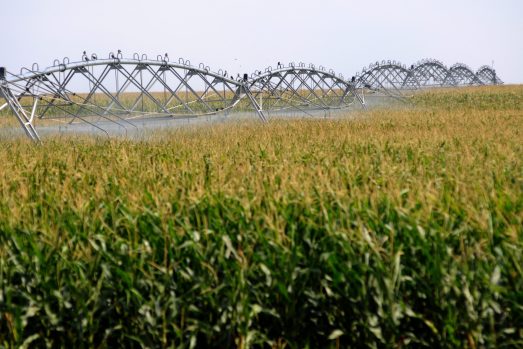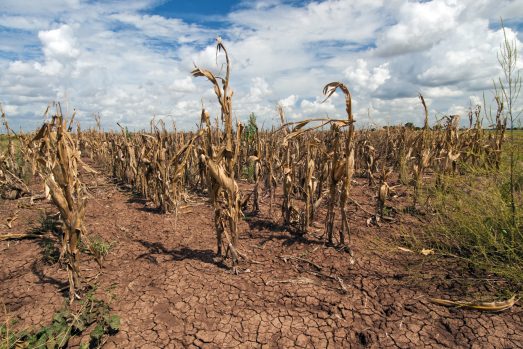TSN PROGRAMS BY NIFA FUNCTIONAL AREAS

“Research on effective tools to manage pests and diseases and science-based outreach to help producers to respond to local and regional threats.”
- Food and Agriculture Defense Initiative. NARETPA of 1977, 7 U.S.C. 3318 Sect 1477 and Homeland Security NARETPA, 7 U.S.C 3351 Sect 1484.
The EDEN reduces the impact of disasters through research-based education. EDEN links extension educators from across the U.S. in various disciplines, enabling them to share science-based educational resources to reduce the impact of natural and human-made disasters.
- Crop Protection and Pest Management Programs. AREERA of 1998, Sect. 406 U.S.C. 7626 as amended
Crop protection/pest management program (CPPM) supports projects that develop and deliver tools and tactics to reduce losses caused by crop and animal disease pathogens, insect pests, and weeds. The Regional coordination program area support projects that increase coordination across the states and promotes development and adoption of IPM through regional pest management information networks.
The NIPMCC is a committee of the Extension Committee on Organization and policy (ECOP) and functions within the Experiment Station Committee on Organization and Policy (ESCOP) as a subcommittee of the ESCOP Science and Technology Committee. NIPMCC provides recommendations to ECOP and ESCOP on programs, policies and other matters that affect pest management implementation. NIPMCC also assists with the development of reports and strategic planning on pest management issues and facilitates coordination and collaboration nationally among IPM research and extension at Land-grant Universities and Federal agencies involved in IPM.
The ARDP invests in and advances research, education and extension to solve high priority issues related to pests (i.e., insects, nematodes, pathogens, weeds) and their management using integrated pest management (IPM) approaches at the state, regional, and national levels.
The EIP funds projects based on combinations of primary and secondary priorities intended to increase IPM implementation among the clientele served.

“Surveillance and early detection of high consequence pests and diseases; timely deployment of technologies and human resources to respond, manage, and recover from outbreaks."
- Food and Agriculture Defense Initiative. NARETPA of 1977, 7 U.S.C. 3318 Sect 1477 and Homeland Security NARETPA, 7 U.S.C 3351 Sect 1484.
The NAHLN provides animal health diagnostic testing, methods research and development, and expertise for education and extension to detect biological threats to the nation’s animal agriculture.
The NPDN quickly detects and identifies plant pests and pathogens and communicates timely and accurate information to prevent new outbreaks.

“Critical research to inform federal regulations ensuring the safety and diversity of agricultural products.”
- Competitive, Special, and Facilities Research Grant Act, (7 U.S.C. 3157(e))
The IR-4 facilitates regulatory approval of sustainable pest management technology for specialty crops and specialty uses to promote well-being.
The Minor Use Animal Drug Program identifies animal drug needs for agricultural minor species and minor uses in major species, generates and disseminates data for safe and effective therapeutic and biotherapeutic applications, and facilitates FDA/CVM approvals for new animal drugs to improve food safety and health.